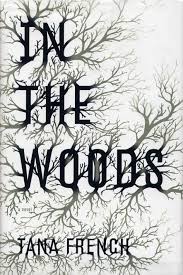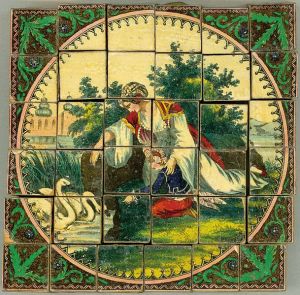 We’re halfway through the month of October, which means there are just a few weeks left before NaNoWriMo kicks off on November 1. In order to prepare for what I hope will be a successful month of writing I’ve been doing a bit of prep-work these past few weeks.
We’re halfway through the month of October, which means there are just a few weeks left before NaNoWriMo kicks off on November 1. In order to prepare for what I hope will be a successful month of writing I’ve been doing a bit of prep-work these past few weeks.
As I mentioned in my first post in this series here, I began the countdown to November by working on the outline for the story I’m planning to write. As the outline developed, I found I needed to clarify the setting, in order to get a big picture view of how the story will progress. If you missed it, you can read that post, and the helpful suggestions from commenters, here.
With a general outline and the story setting(s) nailed down (kind of, sort of), I still have a pretty large gap that needs to be addressed before I start trying to put words on the page. I need to know who these people are who will inhabit the story. My heroine needs a hero. My antagonist needs a supporting cast. And I need to know who that random assortment of secondary characters is and what roles they are going to play.
Piece of cake, right?
Not surprisingly, this week my focus is on: Character Continue reading




You must be logged in to post a comment.